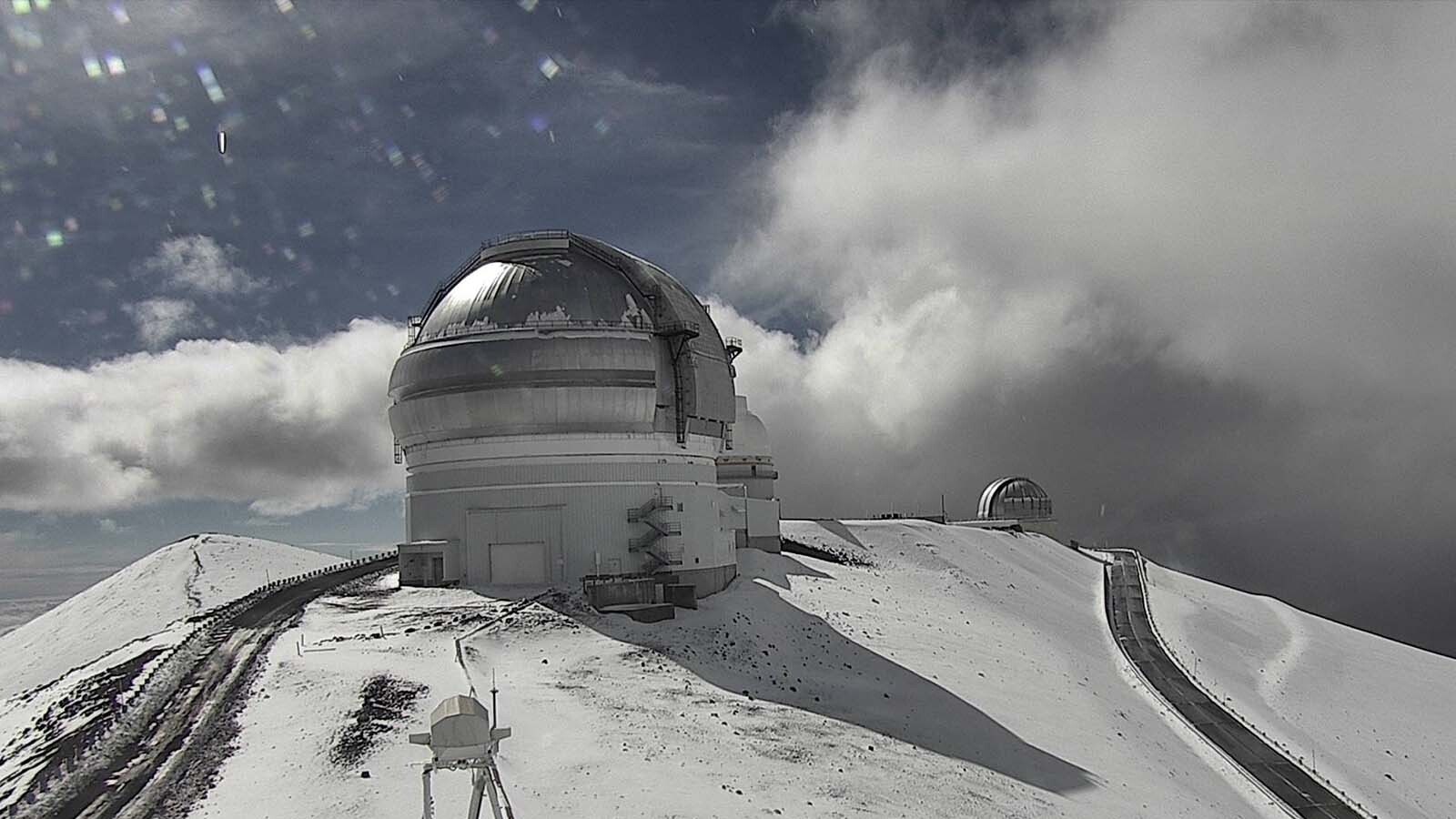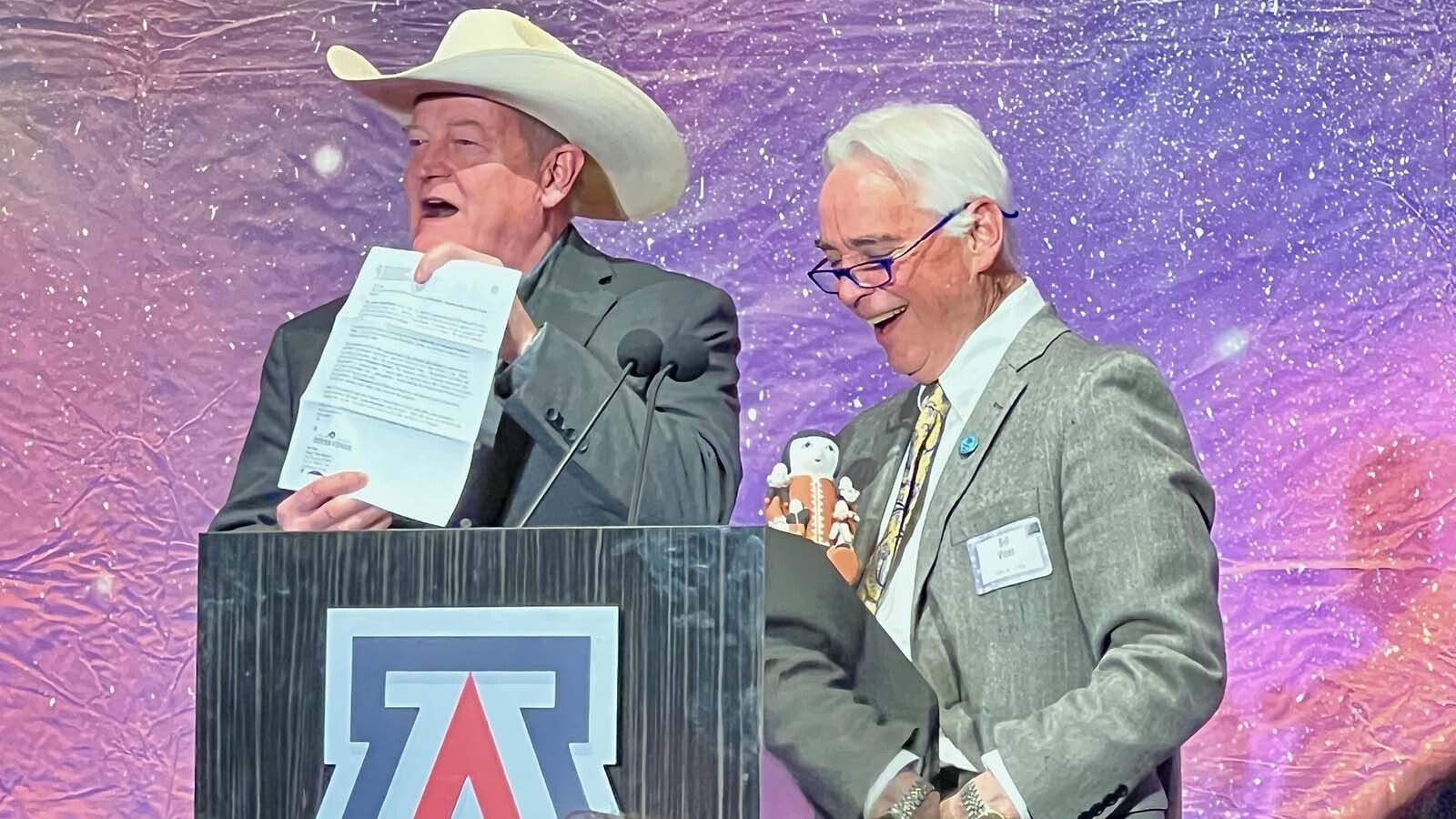In 1849 the United States Government purchased Fort John, a trading on the confluence of the North Platte and Laramie Rivers, to provide a new military post.
Named Fort Laramie, the location had strategic placement on emigrant trails to the Northern Plains, Pacific northwest, Great Basin, and California.
The post was a place through which many threads of the opening of the West passed. It grew considerably between 1849 and its closing in 1890 and was integral to several U.S. military operations.
Treaties with American Indian nations were negotiated and signed near Fort Laramie in 1851 and 1868.
Though one of the most important military forts in the West, the post lacked fortifications. It was an open assemblage of buildings that one might usually expect to find within protective walls of any U.S. Army fort in the Nineteenth Century.
Despite being open to assault there were only two recorded attacks on the post. The first is an ambiguous engagement on August 28, 1854, shortly after the disastrous Grattan Fight at the Bordeaux Trading Post on August 19th. The second was recorded in August of 1864.
In 1864, the garrison of Fort Laramie was engaged in hostilities against several Indian tribes. The post was manned by cavalry units (7th Iowa) detached from the war against the Southern Confederacy.
A few of the soldiers stationed at Fort Laramie at that that time were former Confederates who switched sides after being captured. They called themselves “galvanized Yankees.”
Many others were volunteers from the loyal states who had signed up to fight Confederates rather than Indians.
The fort was an instrumental link in maintaining contact between the eastern states, California, and the western territories.
Emigrant trails, the telegraph lines, mail service, and stage service had to be protected from the increasingly aggressive actions of the indigenous peoples of the West. The government performed this nearly impossible task with shoestring garrisons and below-strength regiments.
Eugene Fitch Ware of the 7th Iowa Volunteer Cavalry was a veteran serving at Fort Laramie. He enlisted in the 1st Iowa Volunteer Infantry in 1861. He joined the 4th Iowa Volunteer Cavalry in 1863 and was commissioned as a lieutenant in the 7th Iowa Volunteer Cavalry in 1863. Eugene saw action in Missouri and was present at the Battle of Wilson’s Creek (August 10, 1861).
In the summer of 1864, Eugene’s regiment was scattered along segments of the emigrant, mail, and telegraph routes. Eugene was at present Fort Laramie as three scouting parties were scheduled to return to the post.
These separate commands had been dispatched to scout far and wide around the fort to assess the presence of nearby Indian war parties.
Each patrol returned to the fort on the designated day and reported the absence hostile Indians within twenty-five miles of the post. A few stray pony tracks were all they had observed.
One day about noon the returning scouting parties were disbanded. The horses had chafed backs from the long patrols, and it was decided to keep the mounts on the parade ground instead of moving them immediately to stables.
The parade ground of 1864 was not the park lawn which greets visitors today. The barren, sandy parade ground was a good place to let the horses roll and rest. The men removed their saddles and then the horses frolicked and rolled about.
Eugene was enjoying the idyllic scene of the playful mounts when, “all at once we heard a wild war-whoop, and through the post and parade-ground rushed a body of wild Indians waving buffalo-robes, shooting firearms, and making a lot of noise.”
The army was caught unprepared by roughly thirty audacious warriors. They loosed many arrows at the stunned soldiers, who hardly had time to squeeze off any shots at the raiders before the horses all were stampeded off the post. The tribesmen had pulled off a superlative horse-stealing raid in the heart of their enemy’s strongest and safest place.
Ware continued, “I thought this raid was the most ridiculous thing I ever saw. The Indians did not stop to shoot anybody, although they did fire some arrows at the groups of soldiers and officers that were on the side.”
Led by Major Wood, the furious post commander, the military sprang into action. A few men found and saddled mounts in the stables and took off after the raiders. Wood knew that the pursuit had to be accomplished with sufficient men to take on the warriors in a stand-up fight.
Accordingly, there was hesitation as an organized pursuit was assembled. Food for the horses, rations, and ammunition were hurriedly loaded on to pack mules. Eugene Ware was a participant limbering a mountain howitzer and otherwise preparing for the pursuit.
These delays gifted the raiders a substantial lead before a cobbled-together pursuit column set out. As the mountain howitzer slowed the pursuit, it soon was returned to the post.
Throughout the night the pursuers followed the trail of the Indians to no good purpose. To Ware it seemed as if the soldiers were not gaining on their quarry. The raiders had the advantage of having extra mounts as animals tired. The military had no such luxury and their horses soon slowed with exhaustion.
The pursuers followed the trail throughout the next day. That night the raiders scattered, presenting the army with a quandary; should the soldiers stay together as a unit or divide to follow all trails?
Concerned about the likelihood of small groups of troopers being easy to ambush, the pursuers kept their strength assembled. The largest trail alone was followed throughout a second night.
In the morning the soldiers found a well-watered valley, in which to rest, water, and graze the horses. The Fort Laramie raid taught them an abject lesson about securing their valuable mounts.
Every trooper held his horse’s halter as a proof against a repeated attempt to run off the livestock. At midday the pursuit ended. The command slowly retraced its steps.
Riders on foot led exhausted horses until the mounts were rested enough to ride. Fatigued troopers occasionally slept in the saddle. The dog-tired command plodded into Fort Laramie almost a week after they set out.
The pursuit was not a total failure. The soldiers had found several dead mounts. These were supplemented by a few live but played-out horses. All the useable horseflesh was long gone.
This was a great victory for the raiders. The raid humiliated the army at no cost to the tribesmen. The extra horses served the American Indians well and the raid, no doubt, conferred significant status upon the participants.
In 1865, significant resources, freed by the collapse of the Southern Confederacy, were sent to the West. The odds against the tribes defending their lands increased with the addition of veteran Federal regiments from eastern battlefields.
Terry Del Bene can be reached at: terrydelbene@me.com





